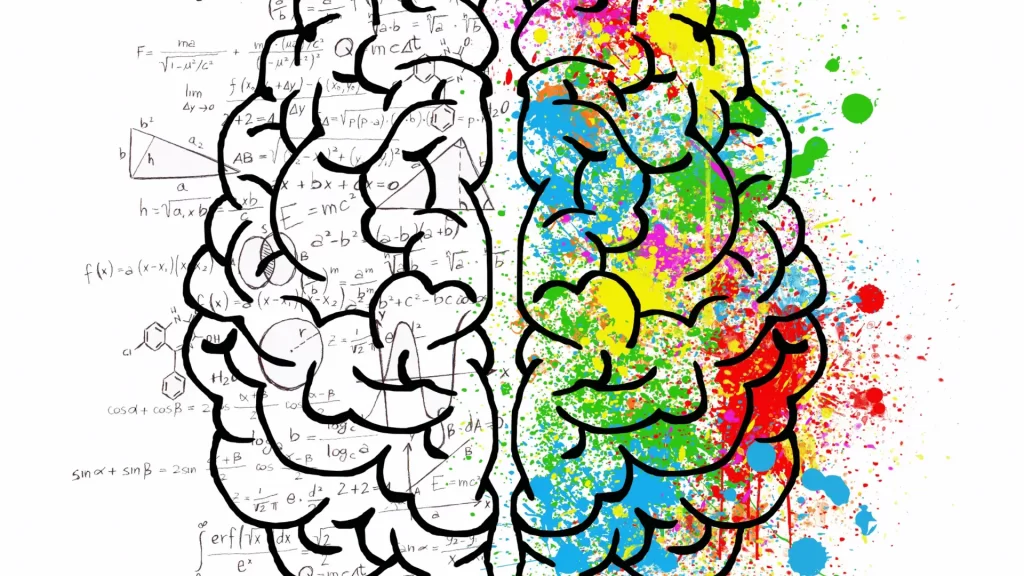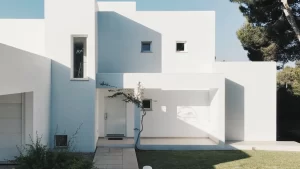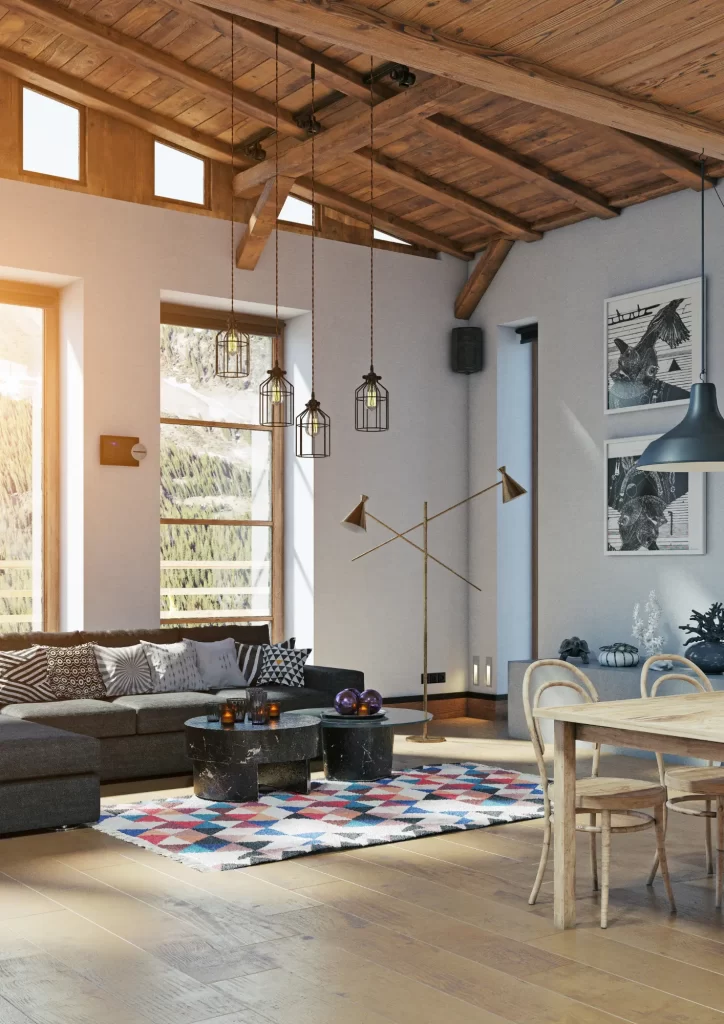The color wheel chart is a valuable tool for designers, artists, and anyone who works with color. This chart organizes colors in a way that makes it easy to understand how they relate to one another, and it can help you create harmonious color schemes that are visually pleasing. By understanding the basics of the color wheel chart and how to use it, you can take your designs to the next level and evoke the emotions you want to convey. In this blog post, we’ll explore the psychology of colors and how to use them to evoke emotions, as well as provide tips on how to use the color wheel chart effectively in your design work.
Color Associations
Color psychology suggests that different colors can evoke specific emotions and feelings in people. Understanding these emotional associations can help designers choose the right colors to create the desired mood or atmosphere in their designs.
Here are some common emotional associations with different colors:
- Red: Passion, energy, love, anger, excitement.
- Orange: Warmth, playfulness, enthusiasm, creativity.
- Yellow: Happiness, optimism, friendliness, warmth.
- Green: Nature, growth, balance, harmony, freshness.
- Blue: Calmness, trust, serenity, loyalty, intelligence.
- Purple: Royalty, luxury, spirituality, creativity.
- Pink: Romance, gentleness, nurturing, femininity.
- Brown: Earthiness, stability, warmth, reliability.
- Black: Sophistication, power, elegance, mystery.
- White: Purity, innocence, simplicity, cleanliness.
It’s important to note that these emotional associations can vary based on personal experiences, cultural backgrounds, and context. For example, red may be associated with luck and prosperity in Chinese culture, while in Western cultures, it’s often associated with danger or warning. Additionally, different shades and tones of a color can have different emotional associations.
In design, understanding these emotional associations can help you choose the right colors to evoke the desired emotions and create a cohesive visual experience. For example, if you want to create a feeling of calmness and serenity, using shades of blue or green may be a good choice. Alternatively, if you want to create a sense of excitement and energy, using shades of red or orange may be more appropriate.

Cultural Differences
While certain emotional associations with colors are fairly universal, there are also significant cultural differences in color perception and symbolism. For example, in Western cultures, white is often associated with purity and weddings, while in Eastern cultures, it’s often associated with mourning and funerals.
Similarly, in the United States, red is often associated with passion, energy, and love, while in China, it’s often associated with good luck and prosperity. In India, the color red is associated with purity and sensuality, while in some African cultures, it’s associated with death and mourning.
Understanding these cultural differences is crucial when designing for a global audience or specific cultural group. Using colors that have negative connotations in a particular culture can be perceived as insensitive or inappropriate.
One way to address cultural differences is to research the cultural symbolism of colors before starting a design project. This can help you choose colors that are appropriate and avoid using colors that may have negative connotations. Another approach is to work with designers or consultants who are familiar with the target culture to ensure that the design is culturally sensitive and effective.
Using Colors in Design
Understanding the emotional associations and cultural differences of colors is only the first step in using color psychology in design. The next step is to apply this knowledge to create effective and impactful designs.
Here are some tips on how to use colors in design:
- Choose colors that align with the brand: The colors used in a brand’s logo, website, or marketing materials should reflect the brand’s values, personality, and target audience. For example, a luxury brand may use black and gold to convey sophistication and elegance, while a fun and playful brand may use bright and vibrant colors.
- Use color combinations to create a certain mood: Different color combinations can create different moods or atmospheres. For example, a monochromatic color scheme, which uses different shades of the same color, can create a calming and cohesive visual experience, while a complementary color scheme, which uses colors opposite each other on the color wheel chart, can create a bold and energetic look.
- Use colors to highlight important elements: Color can draw attention to certain elements of a design, such as a call-to-action button or a headline. Using contrasting colors can make important elements stand out and grab the viewer’s attention.
- Consider the context: The emotional associations of colors can vary depending on the context in which they are used. For example, using red in a healthcare setting may be perceived as alarming or threatening, while using it in a restaurant setting may stimulate appetite and excitement.
- Test and iterate: Design is an iterative process, and it’s important to test and refine the design to ensure that it effectively communicates the desired message and evokes the desired emotions.
Case Studies
To better understand how color psychology can be applied in design, let’s take a look at some real-world examples.
- Coca-Cola: Coca-Cola’s signature red color is a key element of its brand identity. The color red is associated with excitement, energy, and passion, which aligns with Coca-Cola’s brand personality. Additionally, the use of red helps Coca-Cola stand out in a crowded market and draws attention to its products.
- Apple: Apple’s minimalist design aesthetic uses a limited color palette, with white, black, and shades of grey dominating its products and marketing materials. This simple and clean design creates a sense of sophistication and elegance, which aligns with Apple’s brand values. The use of minimal color also allows Apple’s products to stand out in a crowded market and creates a cohesive and recognizable visual identity.
- Airbnb: Airbnb’s recent rebranding campaign features a new color palette, with a bright and vibrant coral color as the primary color. This color is associated with warmth, friendliness, and optimism, which aligns with Airbnb’s brand values and mission to create a sense of community and belonging among its users. The use of bold and playful colors also helps Airbnb stand out in a crowded market and creates a memorable visual identity.

Color psychology is a powerful tool that designers can use to create effective and impactful designs. By understanding the emotional associations and cultural differences of colors, designers can choose colors that align with the brand’s values and create the desired mood or atmosphere. The use of color can also help a brand stand out in a crowded market and draw attention to its products or services.
However, it’s important to note that color psychology is not a one-size-fits-all solution. The effectiveness of using color in design depends on the context, audience, and brand identity. Designers should always test and iterate their designs to ensure that they effectively communicate the desired message and evoke the desired emotions.




